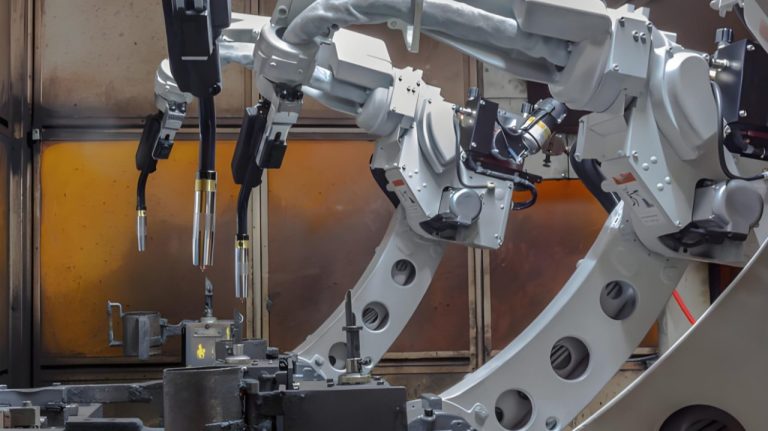The manufacturing sector is constantly seeking ways to enhance production, reduce costs, and improve product quality. Amidst this drive for innovation, automated solutions have become central, and robotic nut welding stands out as a prime example of technology delivering significant advancements. This sophisticated process offers a level of precision and efficiency that manual methods simply can’t match.
Understanding Robotic Nut Welding
Nut welding is a form of resistance welding where a nut is permanently attached to a metal surface. Typically, these nuts feature small projections that melt and fuse with the base material under carefully controlled pressure and electrical current, forming an incredibly strong bond. When a robot takes over this task, it’s known as robotic nut welding.
The key to its effectiveness lies in the robot’s ability to execute the welding process with extreme accuracy and consistency. Robots can precisely position the components, apply the exact required force, and deliver the perfect amount of current for the optimal duration. This automation virtually eliminates human error, leading to consistently high-quality welds and significantly fewer defects.
Why Manufacturers are Embracing This Technology
Integrating robotic nut welding offers a host of compelling advantages for modern manufacturers. First and foremost is the dramatic improvement in weld quality and consistency. Each weld is performed identically, ensuring every component meets the highest standards. This reliability is vital for industries with strict safety and performance requirements, such as the automotive industry.
Secondly, productivity gains are substantial. Robots operate continuously and much faster than human operators, without needing breaks or experiencing fatigue. This translates directly into faster cycle times, higher production volumes, and a greater overall output, which directly impacts a company’s bottom line.
Thirdly, significant cost efficiencies can be achieved. While there’s an initial investment in robotic systems, the long-term savings are considerable. These include reduced labour costs, less material waste due to fewer faulty parts, and optimised energy consumption thanks to precise process control. The enhanced quality also leads to fewer product recalls and warranty issues, saving further costs.
Finally, and crucially, worker safety is greatly enhanced. Welding environments can expose workers to hazards like intense heat, bright light, fumes, and repetitive motions. By automating these tasks, employees can be moved to safer, more ergonomic roles, contributing to a healthier and more engaged workforce.
Broadening Applications
Robotic nut welding is indispensable in industries that demand high-volume, precise assembly. Its use is widespread in the automotive sector for attaching nuts to vehicle chassis, body panels, and exhaust systems. Beyond automotive, it’s widely adopted in the manufacture of white goods, electrical cabinets, metal furniture, and any application requiring secure and reliable fastening points in sheet metal.
As manufacturing continues to evolve, the capabilities of robotic welding systems are set to expand further. The integration of advanced vision systems and artificial intelligence promises even greater adaptability and meticulous quality control, cementing robotic nut welding’s role as a cornerstone of efficient and high-quality production for the foreseeable future.

